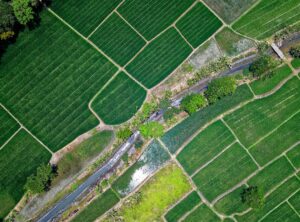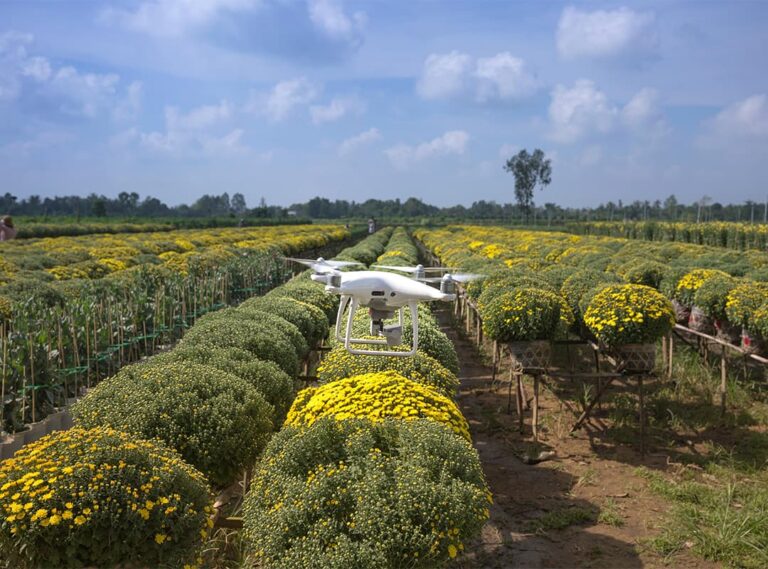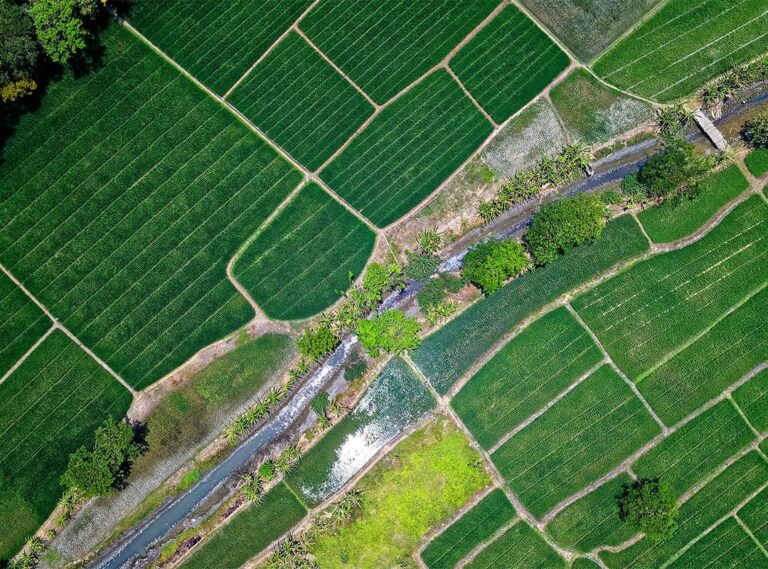To simplify, the agro-industrial complex consists of three large groups of participants. The first are agricultural enterprises and farms engaged in crop and livestock production and supplying unprocessed agricultural products, such as grain, vegetables, fruits, meat, milk, etc. The latter are processing enterprises that process products from the former and supply products to trade organizations in the form of final consumer products. The former and latter are often linked within agriholdings and owned by the same entities, but not necessarily. The third are those market participants that provide the first and second with everything they need for management and production, such as seeds and other planting material, fertilizers and other chemicals, feed and medicines, machinery and components, logistics and storage, equipment and technology, etc.
All three types of market participants require a clear marketing strategy and a developed marketing mix to achieve commercial success. However, while the marketing strategies of agricultural enterprises and farms are aimed primarily at large processing companies and exports, the marketing of the second type of market participants, those that process agricultural products into final products, is aimed at the general population. The third type of market participant, the one that provides agricultural enterprises and processing companies with everything they need, directly depends on the worldview of farmers and processing companies. In other words, the third type of participants, i.e. all suppliers of materials and equipment in the agricultural market, should be based on how farmers and processing companies perceive communication channels, how they receive and analyze information, and what factors they use to make decisions about choosing a supplier of seeds, fertilizers, machinery, and everything else.
Until recently, the agricultural sector, especially the part of it that works on the land, was considered a conservative area in terms of marketing, where the latest technologies and methods of marketing promotion of products differ significantly from other sectors of the economy.
This is partly true, but in our opinion, the reality is inevitably changing. After switching to foreign planting material, machinery, equipment and technologies, agricultural enterprises are gradually adopting modern management, commercial and marketing practices. The owners’ mindset is changing, as are their approaches to business processes, ways of obtaining information and making decisions.
EXTERNAL FACTORS
In addition, it is necessary to understand that the agricultural sector is a very complex area of activity where a large number of external factors affecting the business must be taken into account when planning a marketing strategy. Here are some of them:
- Seasonality and weather conditions. Seasonality and weather conditions are key factors for businesses in the agricultural sector, as they directly affect yields and product quality. For example, unfavorable weather conditions, such as prolonged rains, heavy rains, or droughts, can lead to significant quantitative losses in crops or reduce product quality. This may force businesses to look for alternative crops or use technologies that reduce dependence on weather conditions. In turn, marketing strategies need to be adapted to such changes, including marketing activities aimed at restoring consumer confidence and ensuring business resilience in the face of unpredictable weather conditions. In other words, marketing in the agricultural sector should demonstrate to counterparties that the company is ready for any development of events, is resilient to adverse conditions and is a reliable partner;
- International influence. Many countries are exporters and/or importers of agricultural products. Global markets and commodity prices can have a significant impact on the domestic agricultural market. Moreover, the trade policy of most countries with regard to agricultural products is also of great importance for the processes in the industry, directly affecting domestic supply and demand, prices and the overall financial condition of agricultural enterprises. Protectionist measures taken by any country, such as subsidies for farmers or import duties, are both a source of competitive advantage for some and a significant constraint for others. Thus, businesses in the agricultural sector must constantly monitor international trends and political decisions in order to adapt in time and ensure sustainable operation in the domestic and foreign markets;
- Domestic government policies. The agricultural sector is often dependent on government subsidies, financial support, energy and transportation tariffs, customs regulations and other governmental policies. In countries with unstable legislation, there is a risk of rapid changes in the agribusiness environment, which can cause negative consequences and lead to instability and unpredictability for enterprises, making long-term planning and investment difficult. Excessive bureaucracy, corruption, and a lack of clear rules of the game also hinder the development of agribusiness. Agricultural firms can limit the impact of unstable domestic government policies, in particular by diversifying markets and products, building a strong brand, and implementing an effective marketing strategy;
- Long cultivation periods. Most crops and livestock require a significant investment of time and resources. This makes the agricultural sector less flexible than other industries and is reflected in the commercial and marketing practices of agricultural enterprises. Specifically, it affects the need for long-term planning and forecasting of a large number of scenarios. Of course, the marketing component of the business cannot stand aside, but rather the opposite. It is marketing that is responsible for a quick response to any unfavorable scenario to give time for management, production, logistics and other departments to rebuild work processes and ensure maximum efficiency in unforeseen conditions. Thus, marketing plays a key role in maintaining the flexibility and competitiveness of agricultural enterprises in the current economic environment;
- Technological innovations. Technological innovations in the agricultural sector play a key role in increasing productivity, reducing costs and improving product quality. The introduction of modern technologies, such as labor automation, precision farming, the use of drones for monitoring, etc., allows to increase the efficiency of agricultural enterprises and optimize production processes, ensuring more effective management. In the near future, the agricultural sector will also face another wave of technological changes related to the use of artificial intelligence. For example, for soil analysis, crop forecasting, predicting the development of diseases and pests, optimizing irrigation and fertilization, analyzing the ability to grow different crop varieties, optimizing crop rotations, etc. Technological innovations give new life to the marketing of an agricultural enterprise, creating an opportunity to incorporate advanced technologies into the market positioning of companies and emphasize competitive advantages;
- Competition and cooperation. The agricultural sector is characterized by a certain level of competition, where agricultural enterprises compete for market position and market share. However, amidst this competition, there is also the potential for real cooperation between farmers, which distinguishes the agricultural sector from other industries. Joint activities can include joint purchasing, sharing of infrastructure and equipment, borrowing of resources, joint marketing, and other forms of cooperation aimed at reducing costs, increasing efficiency, and increasing the competitiveness of farms;
- Changes in the structure of demand. Demand for organic and natural products in developed countries continues to grow, reflecting consumer preferences for healthy eating. Consumers increasingly value high quality, the absence of chemicals, and are also looking out for ethical and environmental aspects of production. This demand creates new opportunities for farmers growing organic crops and producing natural products, encouraging them to pay special attention to the organic and natural nature of their products, which is reflected in the marketing of agricultural products.
These features are just some of the many factors that define the agricultural market. The agricultural sector is constantly evolving, and in such conditions, management and marketing need to be constantly adapted to changes.



